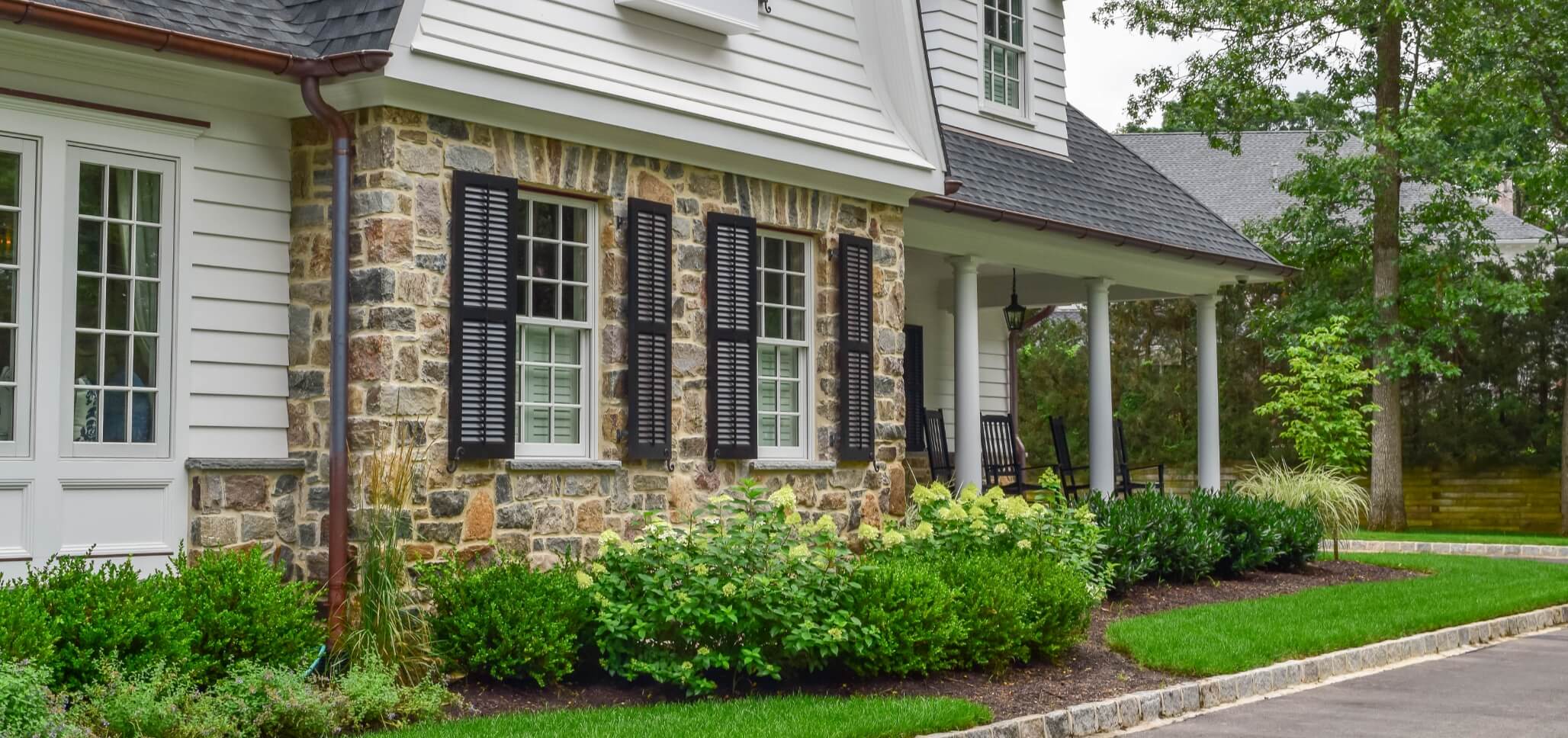 Driveway grates and catch basins are important drainage solutions for your home and yard. These features, which work in tandem, help carry water excess water away from your home. Standing water, or water not drained properly, has the potential to cause many issues at your home.
Driveway grates and catch basins are important drainage solutions for your home and yard. These features, which work in tandem, help carry water excess water away from your home. Standing water, or water not drained properly, has the potential to cause many issues at your home.
Drainage solutions, utilizing both features, will allow you to safely and efficiently move excess water from your yard to the sewer system. New Jersey is no stranger to heavy rains and storms and as such, grates and catch basins are used often in the area.
What are Catch Basins & Driveway Grates?
A catch basin is a reservoir into which surface water drains into. It discharges into a sewer and catches and holds any debris that would not readily pass into the sewer.
A drainage grate, fits on top of the catch basin or directly on a pipe. The grate is a system of parallel bars set at right angles to each other. It allows water to flow into the sewer system but will stop larger pieces of debris. A grate will allow pedestrian and vehicular traffic to pass over it.
Water Issues
Water will typically drain due to capillary action. This is healthy for your soil and homes in general. Surface runoff, due to heavy precipitation or poor drainage design, or both, is detrimental to your soil, plants and any structures it ponds around.
It is vital to move excess water away from areas where it may cause issues. This is where catch basins and driveway grates come into play. These should be installed to optimize water movement from your landscape to the sewer system.
Considerations For Driveway Grates & Catch Basins
For drainage solutions you will have to take into account several things. Driveway grates and catch basins are pretty utilitarian and serve a specific purpose, but they can be fancied up just a bit, especially driveway grates.
- Driveway grate design should take into account traffic that will cross over it. Vehicles, bicycles, pedestrians and animals need to be able to walk over your grate safely. Even the Americans With Disabilities Act has guidelines to the types of grating that can be used for certain applications.
- The grate and catch basin have to be of the proper size to handle the flow of water coming from your property. Failure to insure proper size features may impact water flow in a negative way.
- Harmful debris must be screened out by the grate. If large objects can get into the catch basin, water flow in the entire system can be hampered causing issues up and down the drainage system.
- Small, organic material should be able to pass through the grate, into the catch basin and flow into the larger water drainage system. Leaves, twigs, grass clippings, small stones and such are not a hazard to sewer lines. If grate openings are too small it will get clogged and cease to function properly.
- The grate and basin should be of sufficient strength to handle water flow and small objects washed into them.
- Driveway grates can be tailored to your specific needs. There are grate designs and colors that will make any grate more pleasing to the eye.
Driveway grates and catch basins are important features when dealing with drainage solutions. These features work together to funnel water away from your home and landscape and into the sewer system. While you will probably need help in installing these features make sure you have a working knowledge of what they do and how they operate.
Photo Courtesy of NDS Drains.

